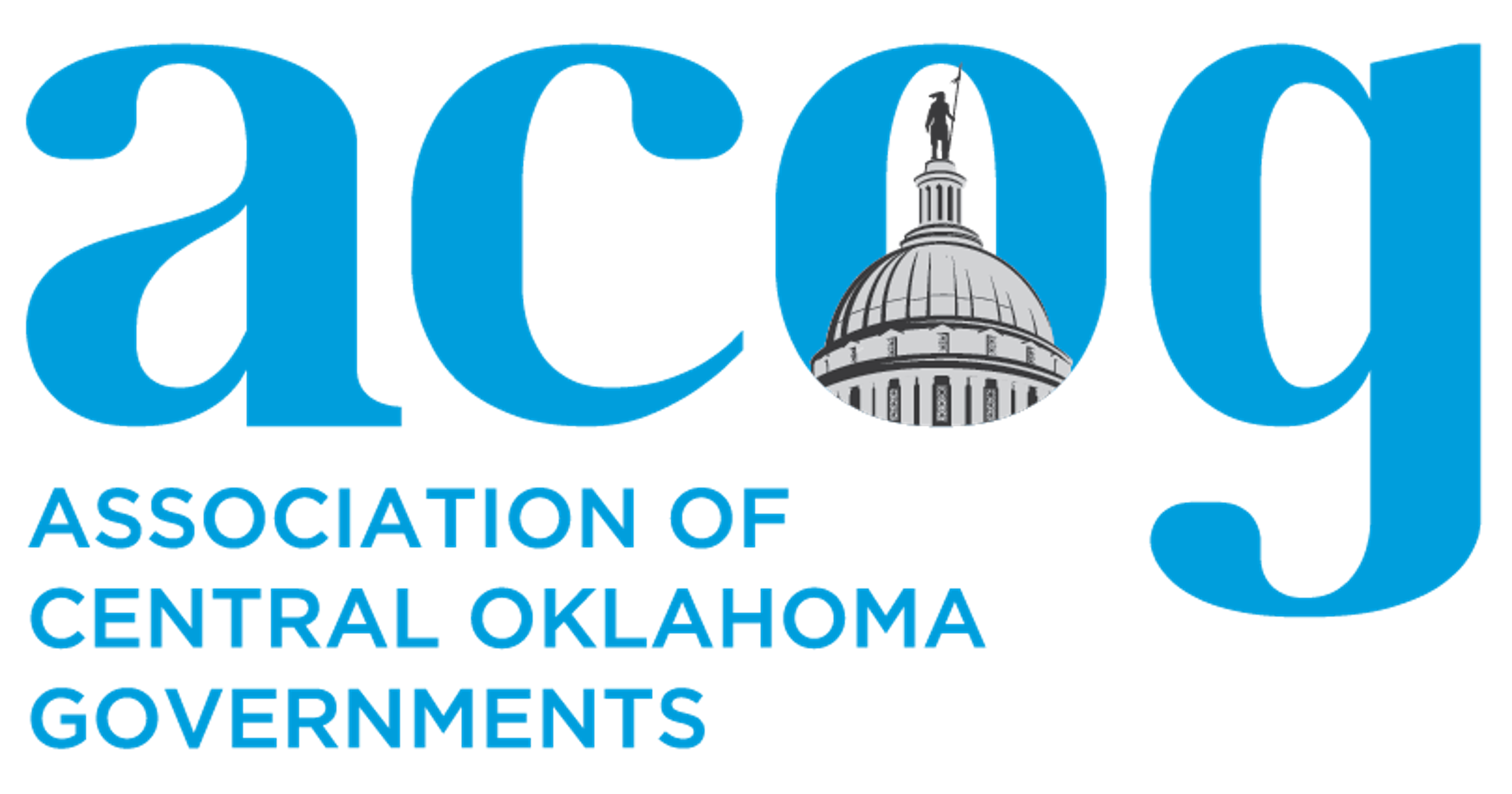Oklahoma City’s METRO Transit system saw an overall increase in bus ridership in 2012, adding 133,949 new trips over the course of the year – a 5.44% increase from 2011. Additionally, downtown ridership grew by 5.86% in 2012 alone, credited to the Oklahoma City Council’s 2011 decision to increase funding to improve frequency on two bus routes.
METRO Transit’s ridership growth reflects a national trend; a report published by the American Public Transportation Association found U.S. public transportation ridership grew to 10.5 billion rides in 2012, up 1.5% from 2011, with 16 public transit systems nationwide recording record ridership numbers. The precise motivators are difficult to determine with certainty, but worth mentioning is 2012’s record-high average gas prices.
According to the American Automobile Association, 248 out of 365 days in 2012 saw the national average gas price break a daily record high including 134 consecutive record days. With prices consistently high throughout the year, the average price of a gallon of gasoline was higher in 2012 than any year on record. Oklahoma’s 2012 average gas price, $3.41, was lower than the $3.60 per gallon national average but nonetheless marked 2012 as the state’s most expensive year of gas prices.
The Texas Transportation Institute’s 2012 Urban Mobility Report, looking at 2011 data from 498 urban areas across the U.S., found that public transit reduced travel delay by 865 million hours and reduced gasoline consumption by 4.2 billion gallons. To understand the scale of those savings, the U.S. consumed a total of about 134 billion gallons of gasoline in 2011.
Over the coming months, METRO Transit will roll out changes intended to modernize and revitalize Oklahoma City’s transit system, including a complete brand overhaul. They’ll also debut a new, user-friendly website, developed by transportation consultancy Steer Davies Gleave, featuring real-time data on METRO Transit buses, open source transit data and a robust trip planner to better empower Central Oklahomans – and those who visit Central Oklahoma – to use public transportation to navigate Oklahoma City.
